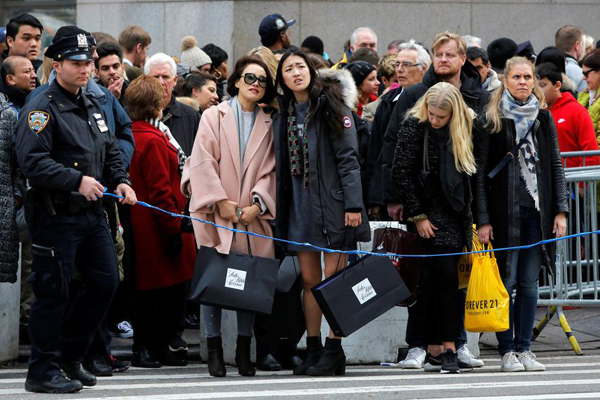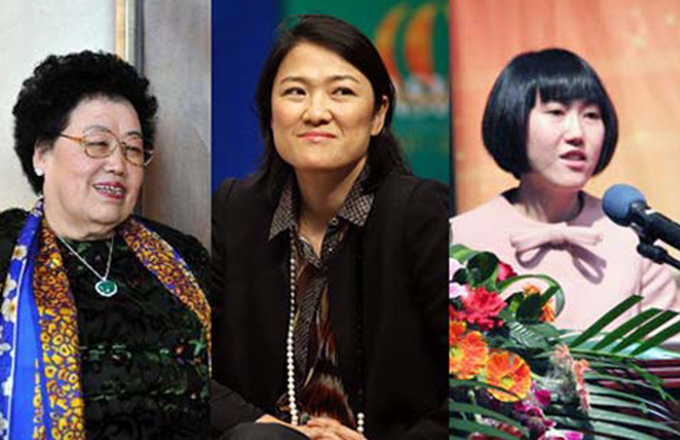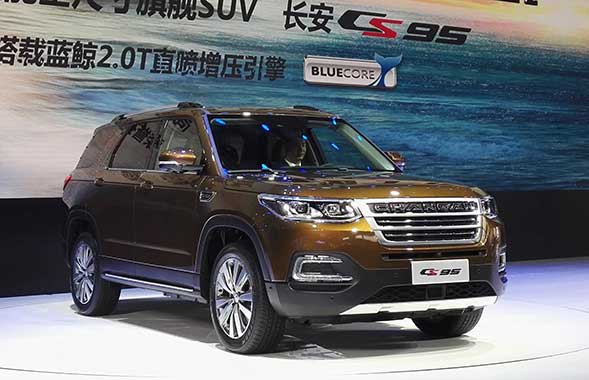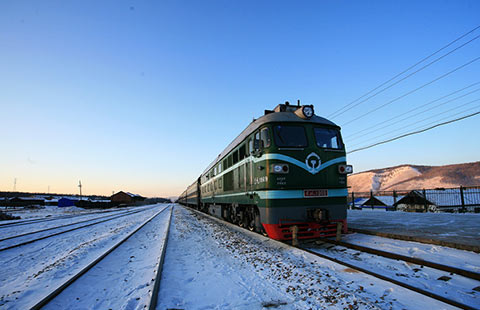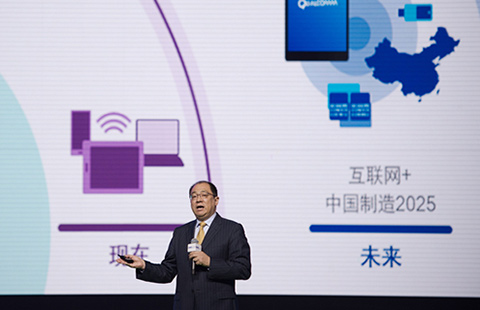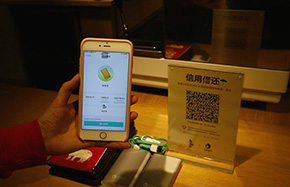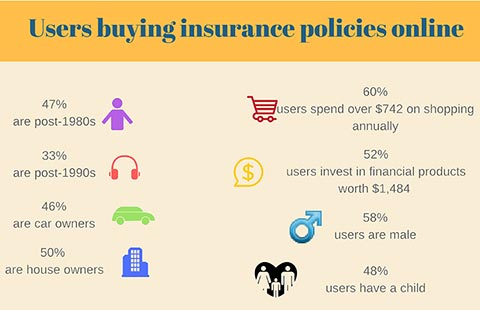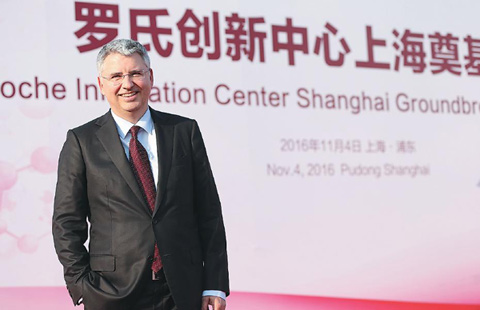Free trade area in Asia-Pacific needs to go together with Belt and Road Initiative
SEOUL - To realize a free trade area in the Asia-Pacific region, it needs to go together with the Belt and Road Initiative as the mix can materialize more effective, integrated and inclusive trade bloc in the Pacific Rim, South Korean experts said.
The experts' analysis followed Chinese President Xi Jinping's address at the APEC CEO Summit in Lima, Peru last Saturday. Xi called on relevant sides to firmly pursue the Free Trade Area of the Asia-Pacific (FTAAP) as an institutional mechanism for ensuring an open economy in the region.
The FTAAP was initiated at the 2014 APEC summit in Beijing to unify the 21 Pacific Rim economies through trade liberalization. Once established, it will become the world's largest free trade zone, covering 57 percent of the global economy and nearly half of the world trade.
"The FTAAP is the most inclusive as it covers more countries than RCEP and TPP," Han Jae-jin, senior research fellow at the Hyundai Research Institute (HRO), said in a recent interview with Xinhua.
The RCEP stands for Regional Comprehensive Economic Partnership, a free trade pact involving the 10-member ASEAN and six other countries, including China, India, Japan, South Korea, Australia and New Zealand.
Trans-Pacific Partnership (TPP) is facing the biggest challenge as US President-elect Donald Trump picked the withdrawal from the trade deal, including the United States and Japan, as one of his policy priorities.
"It needs to materialize the FTAAP as the TPP falters. Push for the FTAAP would be more effective if it goes together with the Belt and Road Initiative," said the HRO researcher.
The Belt and Road Initiative refers to the Silk Road Economic Belt and the 21st-Century Maritime Silk Road Initiative proposed by China in 2013 to bring together countries in Asia, Europe and even Africa via overland and maritime networks.
The urgency and significance of the FTAAP has recently increased as global trade slows amid the rising threat of protectionism. The World Trade Organization predicted a global trade slump for the fifth year in 2016.
The more inclusive and integrated trade bloc in the Asia-Pacific would help rekindle the sagging global trade, creating a synergy effect with the Belt and Road Initiative by boosting market access and investment across the globe.
To bring together the 21 diverse economies of the Asia-Pacific under the same set of trade and investment rules, relevant parties are required to take time and be patient in the future negotiations from the long-term perspective, said Han at the HRO.
"Bilateral and mega FTAs have something in common. Both require concessions to sensitive items and understandings of different situations. It takes time and need long dialogue," said Han.
To make the FTAAP a meaningful free trade zone in the Pacific Rim, China and the United States are required to discuss the issue as the two economic powerhouses are the key players in the region.
"President Xi Jinping and President-elect Donald Trump need to discuss the issue to create a meaningful starting point of the FTAAP," said Kim Young-Gui, research fellow at the Korea Institute for International Economic Policy (KIEP).
Kim said relevant sides are also required to make the FTAAP become a free trade area beneficial to all, adding that it is right to push the FTAAP from the long-term perspective.
- China ushers in new FTAAP era
- China renews call for building FTAAP as economic globalization falters
- FTAAP top priority for APEC economic leaders in Lima: report
- Strategic study on FTAAP may be approved at APEC meeting in Peru
- Xi calls for better connectivity in Asia-Pacific, accelerated construction of FTAAP






